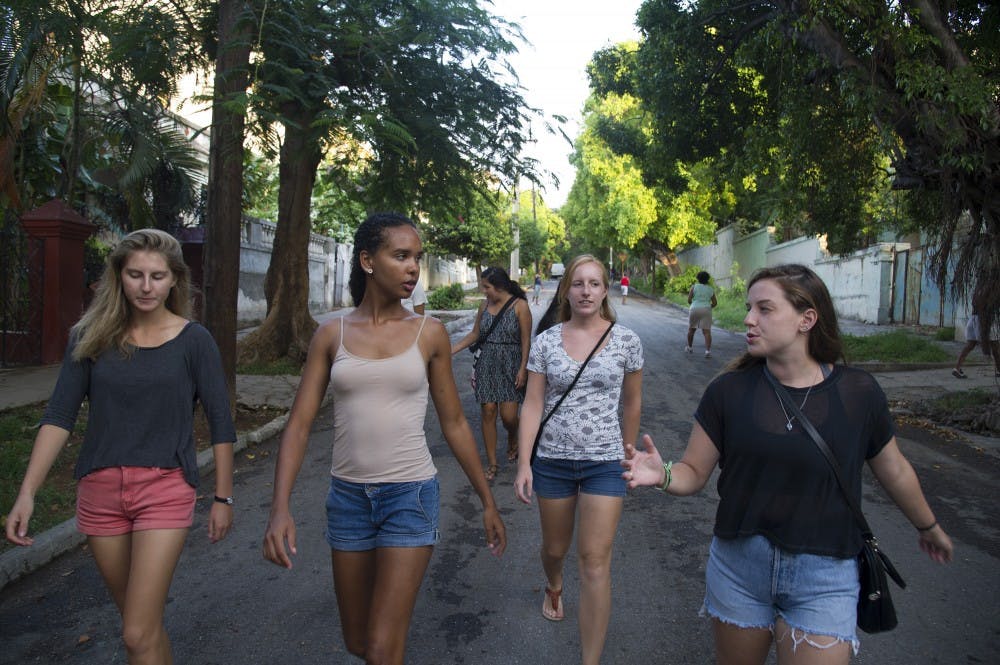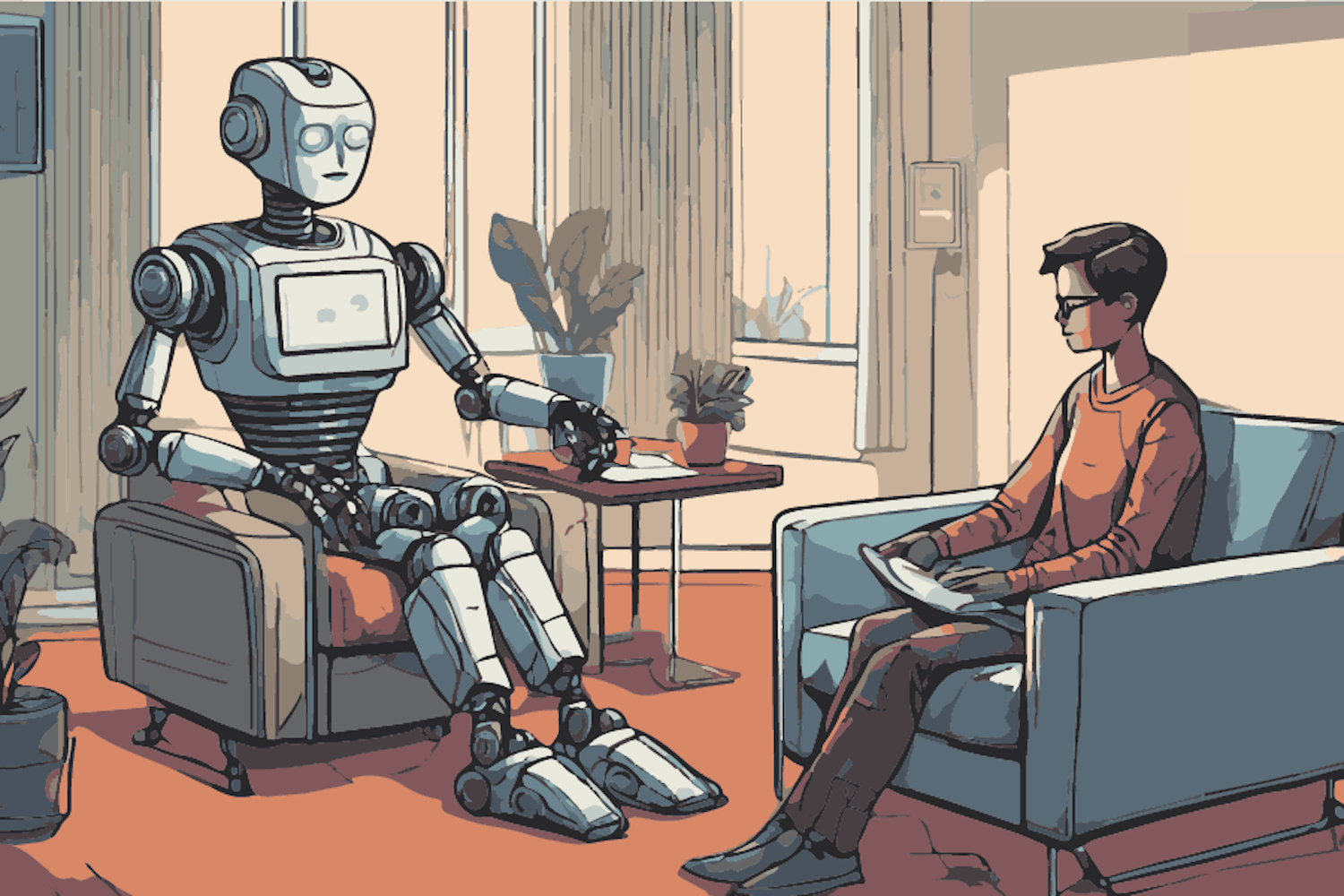At 19, I can vote. If I wanted to, I could buy cigarettes, join the army, work in a bar and watch other girls take their clothes off at a strip club.
During the past year, I’ve accepted that I’m no longer a kid. I realize I have to pay taxes and my own library bills when I forget to turn in the books I check out from the teen section.
I realized that I’m an adult, but I don’t feel comfortable being referred to as a “woman.”
And I don’t think I’m the only one. There’s plenty of debate over how to properly refer to slightly more than half of the world’s population with double-X chromosomes.
You could refer to them as ladies, which carries some disagreeable connotations because of its frequent use by slimy pickup artists, or attempt to appease some feminist groups that don’t approve of the etymology of the word “woman” because “man” is in its roots and refer to them as “womyn” or “wimmen.”
Or, you could use the word I’ve identified as since learning to speak: “girl.”
I’ve heard lots of arguments about how calling people older than 18 “girls” is sexist and an example of subtle patriarchal overtones aimed to put down women. From the “womyn” crowd who also rant about the Barbies and Disney Princess movies I loved growing up, these are easy to dismiss, but it becomes harder to ignore when female friends who I respect use the “W” word.
Guys don’t seem to have quite the same conflicts—they are boys until high school or the first couple of years of college and seem to fit seamlessly into the role of men. It might just be something they get – maybe a physical man card is tucked into their high school or college diplomas or attached to their first razors.
Part of the discomfort I feel with the word woman is the images it brings. There are a lot of powerful and visible women, but they don’t look like me.
Most of the women on Forbes 100 Most Powerful Women list are older than my mom, and only two are younger than 30. The word leaves me thinking about 50-year-olds in neutral-colored pantsuits, while I still relate more to the elementary school girls with pigtails and loose front teeth.
These women seem perpetually polished and professional. They worry about crow’s feet when they look in the mirror, not pimples, and I’m pretty sure they’ve outgrown dancing around their bedrooms to pop music in pajamas while getting ready for the day.
The word woman sounds like “whoa, man” – as in “Whoa, man, I’m not ready for this yet. Let me be a girl for just a little while longer.”
Becoming a woman isn’t something that’s really taught. From a young age, boys get implicit or explicit instructions in how to become men – things like holding doors for women, not crying and standing their ground.
But the strongest female characters in popular media are in their teens. Hermione Granger, Katniss Everdeen, Buffy Summers – they’re all young girls. Some, like Laura Ingalls or Anne Shirley of Green Gables fame, begin as strong girl characters and become weak facsimiles of themselves when they become women.
Considering yourself a girl, and not a woman, isn’t bad or buying into sexist stereotypes – it’s an attempt to maintain a sense of normalcy and self-esteem.
Reach the news editor at julia.shumway@asu.edu or follow @JMShumway on Twitter.
Like The State Press on Facebook and follow @statepress on Twitter.




